Css Flip An Image
In today’s web design landscape, adding interactive and engaging elements to websites is essential to captivate users’ attention. One popular technique is flipping images using CSS transforms. This technique allows you to create eye-catching visual effects that can enhance the overall user experience. In this article, we will explore how to flip an image using CSS, including various methods and customization options. So, let’s get started!
Setting Up the HTML Structure
Before diving into the CSS, we need to set up the HTML structure to house our image. Let’s assume we have a simple HTML file with the following structure:
“`html

“`
In this example, we have a `div` element with a class of `flip-container`, inside which we have an `img` element. This `div` will serve as the container for our flip effect.
Defining the CSS Styles
Now that we have our HTML structure in place, let’s define the necessary CSS styles. Create a new CSS file, named `styles.css`, and link it to your HTML file as shown in the previous code snippet. In the CSS file, we will set up the basic styles for the flip container and image. Here’s the initial CSS code:
“`css
.flip-container {
perspective: 1000px; /* Enable 3D perspective for a realistic flip effect */
margin: 0 auto; /* Center the container horizontally */
width: 300px; /* Adjust the width as per your requirement */
height: 300px; /* Adjust the height as per your requirement */
}
.flip-container img {
width: 100%;
height: 100%;
object-fit: cover; /* Maintain the image aspect ratio */
}
“`
In the above code, we set the `perspective` property on the `.flip-container` class to enable the 3D perspective needed for the flip effect. Adjust the `width` and `height` properties as per your image dimensions. The `.flip-container img` styles ensure that the image fills the entire container while maintaining its aspect ratio.
Creating the Flip Effect with CSS Transforms
Now comes the exciting part – creating the flip effect using CSS transforms. We will leverage the `transform` property along with its various functions to achieve the desired result. Here’s how to implement the basic flip effect:
“`css
.flip-container:hover .flipper {
transform: rotateY(180deg); /* Flip the image 180 degrees on hover */
}
“`
In the above code, we apply the `:hover` pseudo-class on the `.flip-container` element and target the `.flipper` class. The `rotateY` function is used to rotate the image 180 degrees along the Y-axis, giving the visual effect of a flip.
Appending the `.flipper` Class to the Image
To make the flip effect work, we need to append the `.flipper` class to our image element. This class will act as a wrapper for the image and will be targeted by the `:hover` selector. Here’s the updated HTML code:
“`html

“`
With this modification, the flip effect should work when you hover over the image. Test it in your browser to see the flip animation in action!
Applying Animation to the Flip Effect
To add smooth animation to our flip effect, we can make use of CSS transitions. Transitions allow us to specify the duration and easing function for the transformation, providing a polished and professional look. Let’s modify our CSS code to include a simple animation:
“`css
.flip-container .flipper {
transition: transform 0.6s ease; /* Apply transition to the transform property */
}
.flip-container:hover .flipper {
transform: rotateY(180deg); /* Flip the image 180 degrees on hover */
}
“`
In the updated CSS code, we set the `transition` property on the `.flipper` class, specifying a duration of `0.6s` and an easing function of `ease`. This ensures that the flip animation occurs smoothly over the specified duration.
Adding a 3D Perspective to the Flip Effect
To enhance the realism of the flip effect, we can add a 3D perspective to the container. This perspective simulates depth, making the flip effect more immersive. Here’s how to include the 3D perspective:
“`css
.flip-container {
perspective: 1000px; /* Enable 3D perspective for a realistic flip effect */
}
“`
Include this CSS code in your `styles.css` file within the `.flip-container` class definition. Adjust the value (in pixels) of the `perspective` property to your liking. A higher value will create a more prominent 3D effect.
Customizing the Flip Effect
Now that we have covered the basics of flipping an image using CSS, let’s explore some customization options to make the effect even more visually appealing. Here are a few examples:
1. Flip Direction: By modifying the `rotateY` value in the `.flip-container:hover .flipper` selector, you can change the direction of the flip effect. For example, using `rotateY(-180deg)` will flip the image in the opposite direction.
2. Flip Speed: Adjust the value in the `transition` property to modify the speed of the flip animation. A smaller value will make the flip faster, while a larger value will slow it down.
3. Transform Origin: By default, the flip happens along the center of the image. You can change this by using the `transform-origin` property on the `.flipper` class. Experiment with different values to achieve unique flip effects.
Implementing the Flip Effect with JavaScript
While CSS is sufficient for creating a basic flip effect, it has limitations when it comes to more complex animations or interactions. For advanced use cases, you might consider implementing the flip effect using JavaScript. Let’s briefly explore how you can achieve this:
“`html

“`
In this example, we define a JavaScript function called `flipImage()`, which toggles the `flipped` class on the `.flipper` element. This class is then targeted in the CSS to apply the desired flip effect. By attaching the `onclick` event to the `.flipper` element, we can trigger the flip effect when the user clicks on the image.
FAQs
Q1: How can I flip an image vertically using CSS?
To flip an image vertically, you can modify the `rotateX` value in the CSS code. For example:
“`css
.flip-container:hover .flipper {
transform: rotateX(180deg); /* Flip the image 180 degrees vertically on hover */
}
“`
Q2: Is it possible to rotate an image in HTML without using CSS?
Yes, you can rotate an image using inline HTML styles or by applying a transformation directly to the `img` element. Here’s an example:
“`html

“`
Q3: What is “image-orientation” in CSS?
The `image-orientation` property in CSS allows you to control the orientation of an image. By default, the value is set to `0deg`, which displays the image in its original orientation. You can set it to `90deg`, `180deg`, or `270deg` to rotate the image accordingly.
Q4: How can I scale an image using CSS?
To scale an image, you can use the `transform: scale()` property in CSS. The default value is `1`, which represents the original size. For example, to scale an image to 50% of its original size, you can use:
“`css
img {
transform: scale(0.5);
}
“`
Q5: Can I make images responsive using CSS?
Yes, you can make images responsive by applying the `max-width: 100%` CSS property to the `img` element. This ensures that the image scales down proportionally to fit within its parent container while maintaining its aspect ratio.
Q6: How can I create a mirror-like shadow effect on a flipped image?
To create a mirror-like shadow effect, you can make use of the `box-shadow` property in CSS. Here’s an example of how to include a mirrored shadow:
“`css
.flip-container:hover .flipper {
/* Existing flip transition code here */
box-shadow: 0 -10px 20px -5px rgba(0, 0, 0, 0.3); /* Mirrored shadow effect */
}
“`
The `box-shadow` property in the above code creates a shadow below the flipped image, giving it a reflective appearance.
In conclusion, flipping images using CSS transforms is a visually appealing technique that can elevate your web design projects. By following the steps outlined in this guide, you can easily implement a flip effect on your images. Experiment with the customization options and explore JavaScript integration for more advanced scenarios. Flip image CSS, Flip background image CSS, Css flip image vertically, How to rotate image in HTML, Image-orientation, Scale image CSS, Responsive image, Css image mirror shadowcss flip an image and make your web pages stand out from the crowd!
Css Flip Card Effect
Keywords searched by users: css flip an image Flip image CSS, Flip background image CSS, Css flip image vertically, How to rotate image in HTML, Image-orientation, Scale image CSS, Responsive image, Css image mirror shadow
Categories: Top 58 Css Flip An Image
See more here: nhanvietluanvan.com
Flip Image Css
Adding captivating and interactive elements to web designs has become increasingly important, as online users demand unique and engaging experiences. One popular way to achieve this is by incorporating flip image CSS effects. With just a few lines of code, you can take static images to the next level, making them come to life and piquing the interest of visitors to your website. In this article, we will delve into the world of flip image CSS, exploring its various aspects, implementation techniques, and its impact on web design.
Understanding Flip Image CSS:
Flip image CSS is a powerful tool that enables web developers to create dynamic and visually stunning designs. It allows you to transform static images into dynamic elements that can bring a sense of movement and intrigue to your website. The flip effect can be achieved by manipulating CSS properties such as transitions, transforms, and animations.
Implementation Techniques:
To apply flip image CSS effects, you need to understand the key components involved. The first step is to create a container element to hold the image. You can use a simple HTML div or any other suitable container element. Next, ensure the image has a unique identifier, typically achieved through an ID or class attribute.
To initiate the flip effect, CSS transform properties such as rotateY or rotateX are applied to the image container. The rotateY function creates a flip effect along the vertical axis, while rotateX produces a flip effect along the horizontal axis. By modifying the angle and direction of rotation, you can customize the flip effect to suit your design needs.
In addition to basic flip effects, CSS transitions and animations can be utilized to enhance the visual impact. Transitions enable smooth transitions between states, while animations allow for more complex and interactive effects. By combining transforms with transitions or animations, you can create intricate flip image effects that captivate the user’s attention and elevate the overall user experience.
Impact on Web Design:
The introduction of flip image CSS effects has significantly influenced web design. Previously static images can now draw users’ attention and encourage further exploration of the website. By providing dynamic visual stimuli, flip image CSS effects make websites more engaging, memorable, and aesthetically pleasing.
Moreover, flip image CSS effects can effectively showcase products, portfolios, or galleries. Implementing flip effects on product images, for instance, offers users the ability to examine items from different angles or reveal additional information when flipping.
FAQs:
1. Q: Can I apply flip image CSS effects to multiple images on a single page?
A: Absolutely! You can apply flip image CSS effects to any number of images on a page. Simply create unique container elements for each image, and customize the CSS properties accordingly.
2. Q: Do flip image CSS effects work on all browsers?
A: CSS transforms are supported by major modern browsers, including Chrome, Firefox, Safari, and Edge. However, it is always advised to test your designs on different browsers to ensure compatibility.
3. Q: Can flip image CSS effects be combined with other CSS animations?
A: Yes, definitely! CSS animations can be used in conjunction with flip image CSS effects to create more elaborate and visually engaging effects. Experimenting with different combinations can lead to impressive results.
4. Q: Are there any performance considerations when using flip image CSS effects?
A: While flip image CSS effects can greatly enhance the visual appeal of a website, it’s important to use them thoughtfully and sparingly. Excessive use of complex animations may impact performance, particularly on older devices or slower internet connections. Always strive to strike a balance between aesthetics and performance.
Conclusion:
Flip image CSS effects have revolutionized web design, allowing developers to transform static images into dynamic, interactive elements. By utilizing CSS transforms, transitions, and animations, websites become more engaging, memorable, and visually appealing. Adding flip image CSS effects to your web designs can truly make your work stand out, providing a unique and immersive experience for your visitors.
Flip Background Image Css
Introduction:
In web development, CSS plays a crucial role in presenting visually appealing and interactive websites. One of the fascinating CSS properties that can enhance your website’s design and engage users is the flip background image effect. This effect adds a touch of creativity and uniqueness to your website, instantly grabbing the attention of visitors. In this comprehensive guide, we will walk you through the process of implementing the flip background image effect using CSS, ensuring you have a solid understanding of its mechanics.
What is the Flip Background Image Effect?
The flip background image effect is a CSS technique that makes a background image rotate in a smooth and eye-catching manner. When a user hovers over an element, such as a button or a card, the background image flips to reveal a different image or content. This effect is widely used in various web design contexts, such as portfolios, galleries, and e-commerce websites, to create captivating elements that engage users and enhance their overall experience.
Implementation Steps:
To achieve the flip background image effect, follow these simple steps:
Step 1: Create the HTML Structure
Start by creating the HTML structure for the element where you want to apply the flip background image effect. This can be a div, a button, or any other suitable element. Assign a unique ID or class to the element for easy identification.
Step 2: Define the CSS
Next, define the CSS properties for the specified element. Set the width and height to define the size of the element, and set the position property to “relative” or “absolute” to establish its positioning on the webpage. By using the transform property and “preserve-3d” value, you create a 3D space for the subsequent transformations.
Step 3: Add Front and Back Panels
Within the chosen element, create two separate divs to represent the front and back panels. Assign respective IDs or classes to differentiate them. Customize the content and appearance of each panel as desired.
Step 4: Apply Transitions and Animations
To make the flip effect occur smoothly, apply CSS transitions and animations to the element and its panels. By properly adjusting the duration and timing function, you can control the speed and easing of the flip motion.
Step 5: Define the Hover Effect
Finally, define how the flip background image effect should trigger on user hover. Utilize the appropriate CSS pseudo-classes, such as “:hover” or “:active”, along with the “transform” property, to rotate the element and reveal the back panel.
Frequently Asked Questions:
Q1: Can the flip background image effect be applied to any HTML element?
A1: Yes, the flip background image effect can be applied to most HTML elements. However, it is commonly used on elements like buttons, cards, or containers to enhance their visual appeal.
Q2: Can I use multiple flip background image effects on the same page?
A2: Absolutely! You can apply the flip background image effect to multiple elements on the same page. Simply repeat the implementation steps for each desired element, ensuring unique IDs or classes are assigned.
Q3: Does the flip background image effect require any JavaScript?
A3: No, the flip background image effect can be achieved solely through CSS. JavaScript is not necessary for this particular animation; however, you can combine it with JavaScript functionality if desired.
Q4: Can I use images of different sizes for the front and back panels?
A4: Yes, you can use images of different sizes for the front and back panels. By default, CSS adjusts the image dimensions based on the container’s size. However, it’s important to ensure uniformity and maintain a visually pleasing layout.
Q5: Are there any browser compatibility concerns with the flip background image effect?
A5: The flip background image effect is widely supported and compatible with modern browsers. Nevertheless, it is essential to test your website’s compatibility across different browsers for optimum user experience.
Conclusion:
The flip background image effect is a captivating CSS technique that can greatly enhance your website’s visual appeal and engage your audience. By following the implementation steps outlined in this guide, you can effortlessly implement this effect on your website. Remember to experiment, customize, and test your creations to ensure a seamless and delightful user experience.
Css Flip Image Vertically
CSS (Cascading Style Sheets) is a powerful tool for web developers to enhance the visual presentation of their websites. One interesting effect that can be achieved with CSS is flipping an image vertically. This technique allows designers to create engaging and dynamic user experiences. In this article, we will delve into the details of how to flip an image vertically using CSS. We will explore different methods and provide step-by-step instructions to help you implement this effect in your own projects.
Flipping an image vertically using CSS involves rotating it by 180 degrees along the x-axis. There are several ways to achieve this effect, depending on your specific requirements and the level of browser support needed. Let’s dive into some of the most popular techniques:
1. Transform Property: The `transform` property, introduced in CSS3, allows for various transformations of elements. To flip an image vertically, we can use the `scaleY(-1)` function. By applying this function, the image is flipped along the y-axis. For example, to flip an image with the class name “flip-image”, you would use the following CSS code:
“`css
.flip-image {
transform: scaleY(-1);
}
“`
2. Image Reflection: Another approach to achieve the flip effect is by using the `reflect` property. By applying `reflect: rotate(180deg)`, the image is reflected and rotated by 180 degrees. However, note that the `reflect` property has limited browser support and is not recommended for production use.
“`css
.flip-image {
-webkit-box-reflect: reflect(180deg);
}
“`
3. CSS Grid: CSS Grid offers a powerful layout system and can be utilized to flip images vertically. By defining a grid container and using the `grid-template-rows` property, you can control the size and placement of the image within the grid. By adjusting the grid’s properties, you can flip the image vertically. Here’s an example of how to achieve this effect with CSS Grid:
“`css
.grid-container {
display: grid;
grid-template-rows: 1fr;
transform: scaleY(-1);
}
“`
These are just a few examples of the techniques available for flipping an image vertically using CSS. Depending on your project’s requirements and targeted browser support, you can choose the most suitable approach. Remember to test the compatibility of these techniques across different browsers to ensure a consistent experience for all users.
FAQs:
Q: Can I flip an image horizontally using the same techniques?
A: Yes, you can flip an image horizontally by using the `scaleX(-1)` function instead of `scaleY(-1)`. This will flip the image along the x-axis.
Q: How can I apply the flip effect to only a part of an image?
A: To apply the flip effect to a specific part of an image, you can create a container element with the desired size. Then, set the image as a background and apply the flip transformation to the container.
Q: Can I combine the flip effect with other CSS transitions or animations?
A: Absolutely! The flip effect can be combined with other CSS transitions or animations to create more complex and interactive effects. You can apply the flip effect on hover or during other trigger events to enhance the user experience.
Q: What should I do if the flip effect is not working in a specific browser?
A: If the flip effect is not working as expected in a particular browser, it may be due to limited browser support. In such cases, you can consider alternative techniques or use JavaScript libraries specifically designed for image flipping.
In conclusion, flipping an image vertically using CSS is a creative way to add visual interest to your website. With the help of various techniques like the `transform` property, image reflection, and CSS Grid, you can easily implement this effect. Remember to test the compatibility and functionality across different browsers to ensure a seamless user experience. So, go ahead, experiment, and create visually captivating web designs with CSS flip image vertically!
Images related to the topic css flip an image

Found 35 images related to css flip an image theme




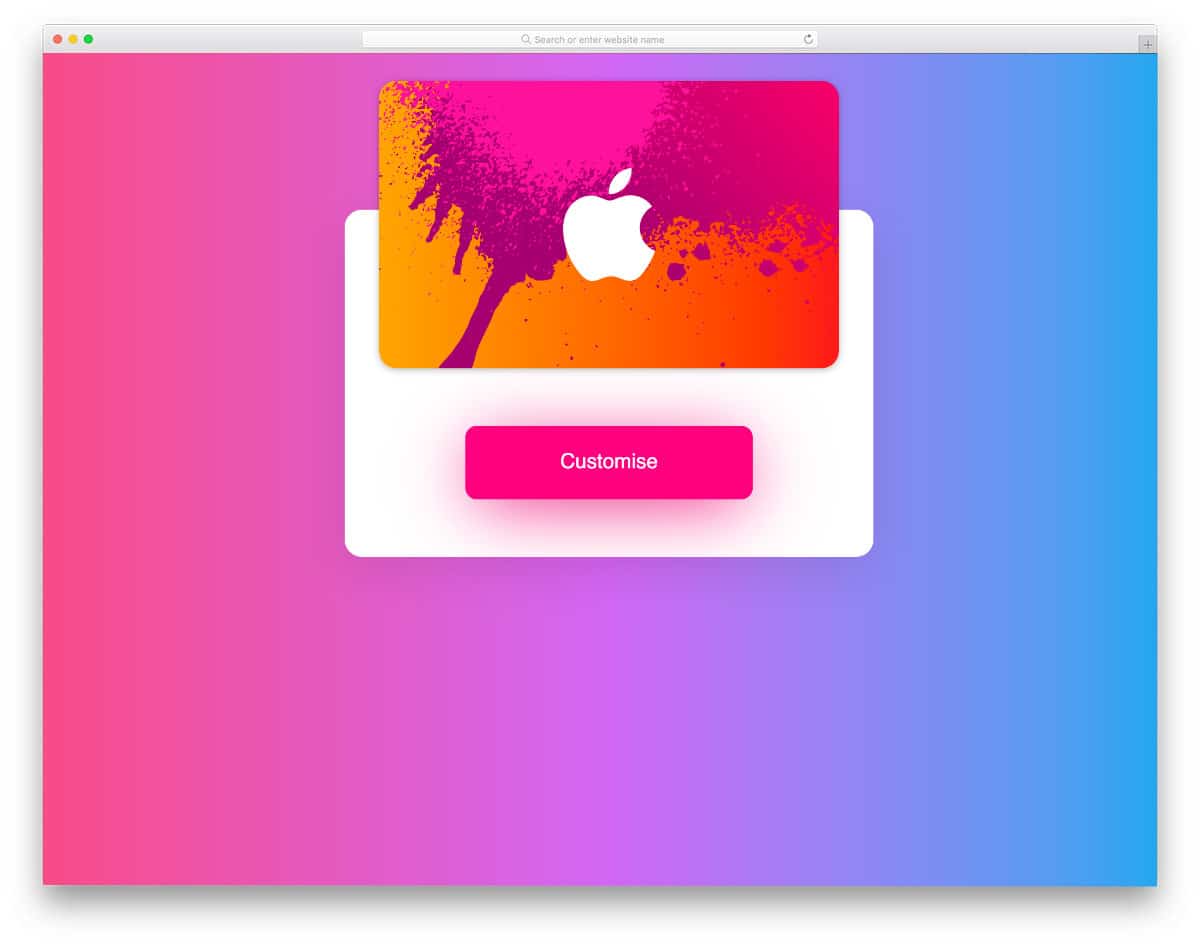
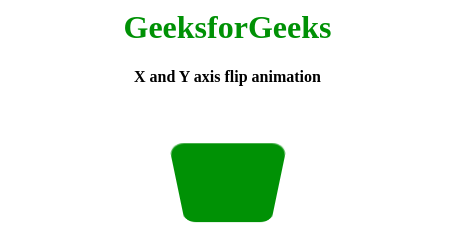

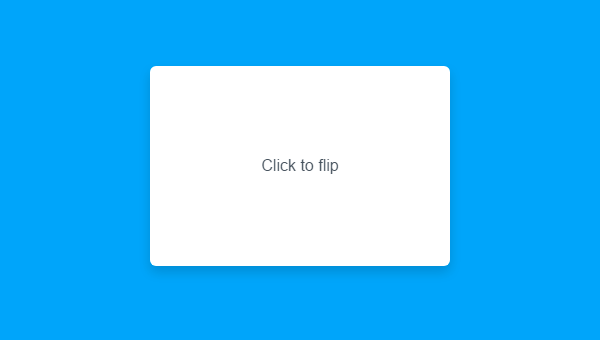


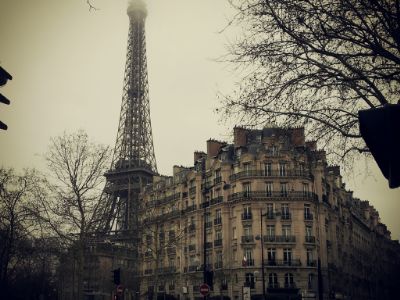
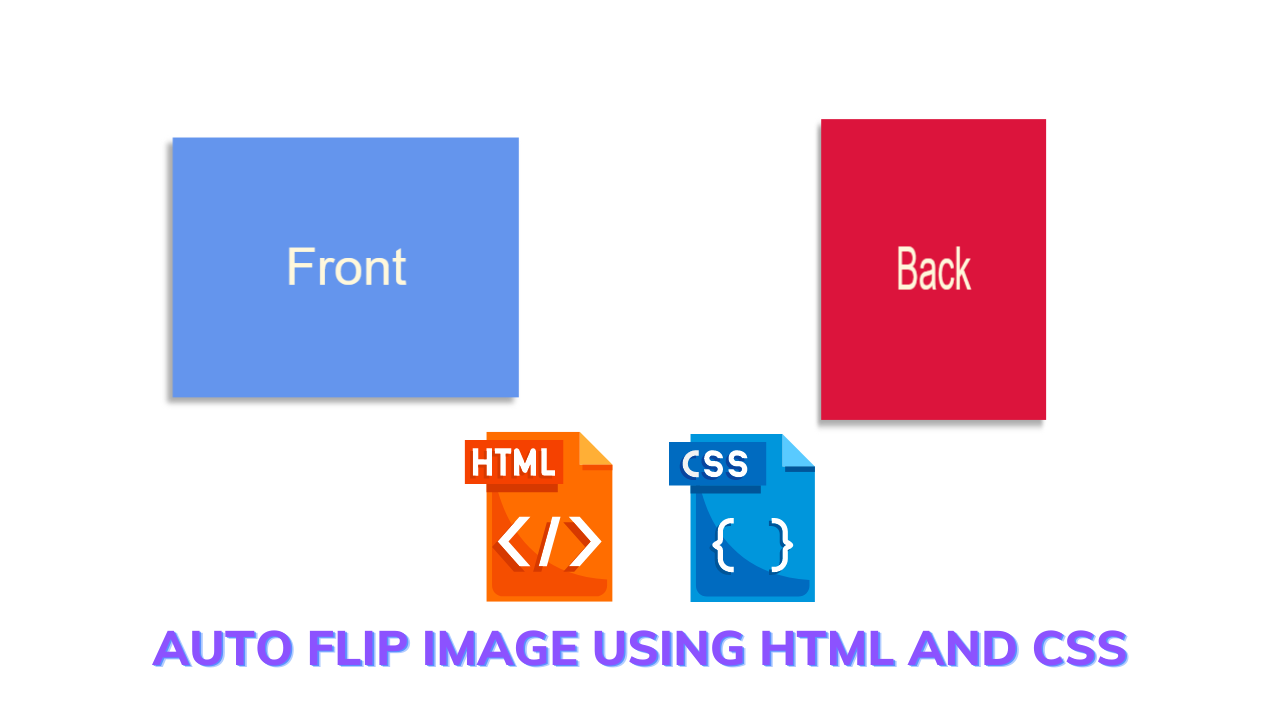


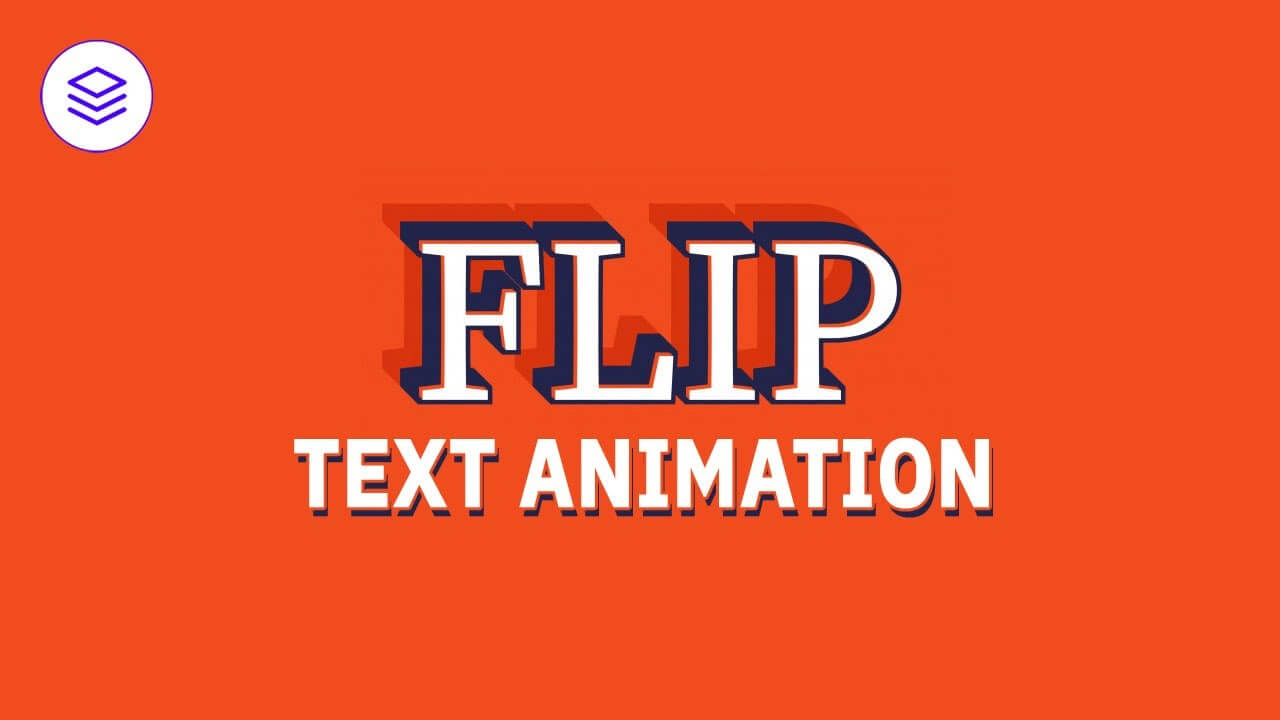

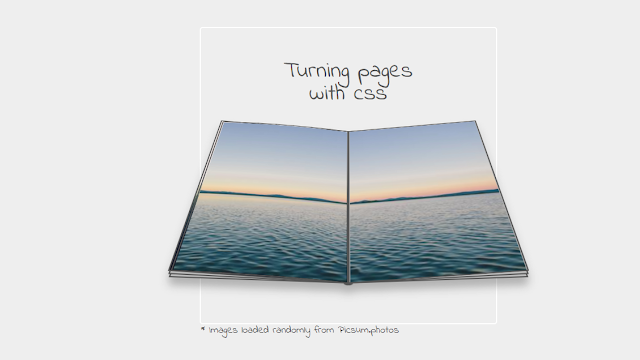









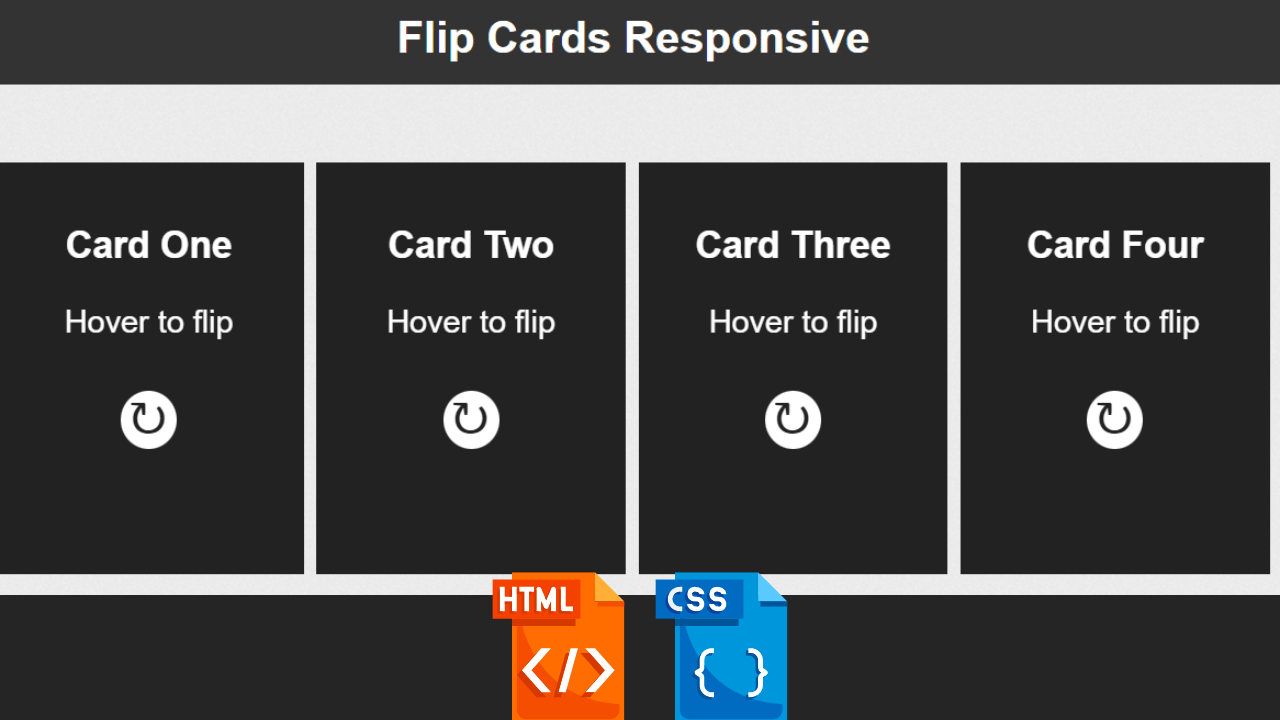

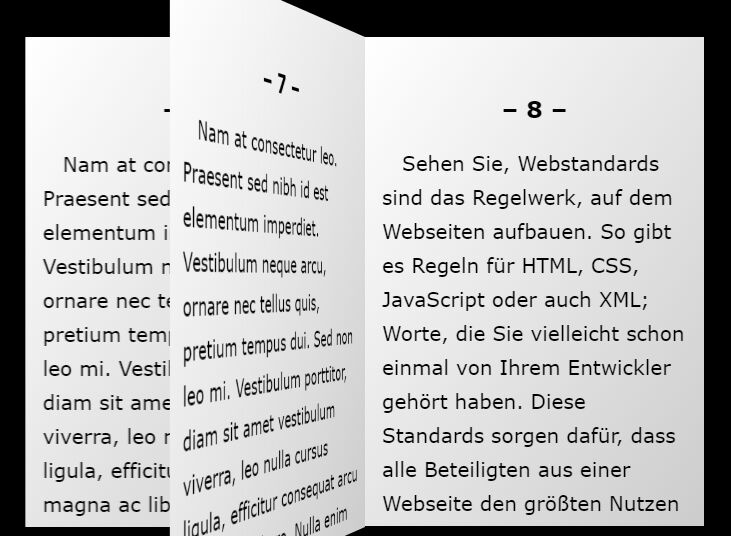

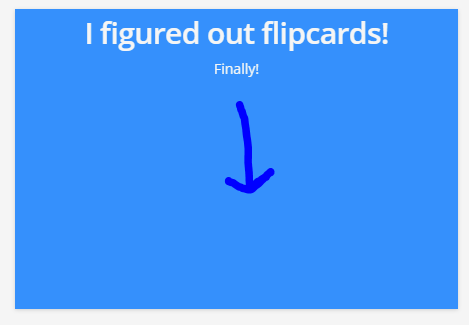
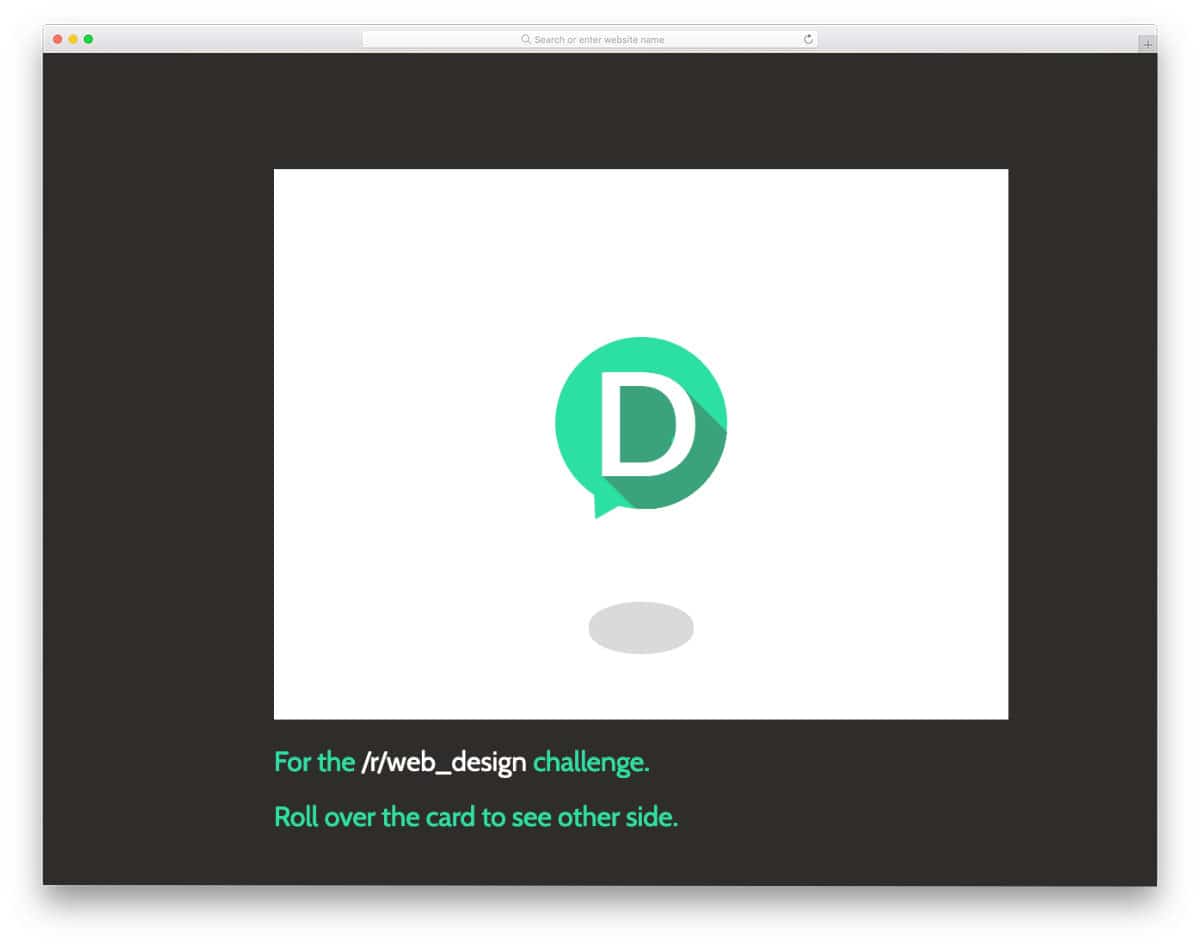
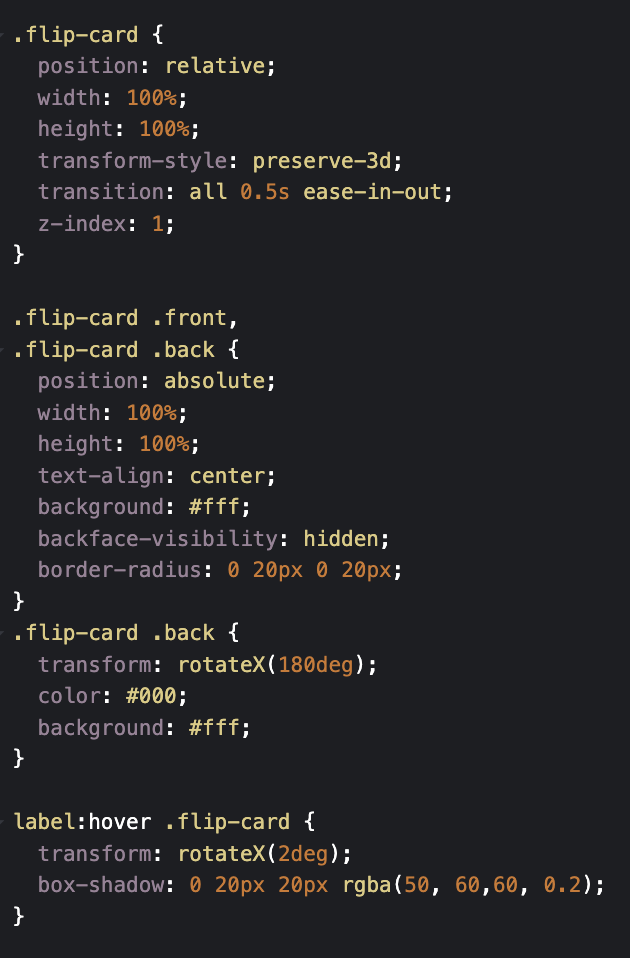




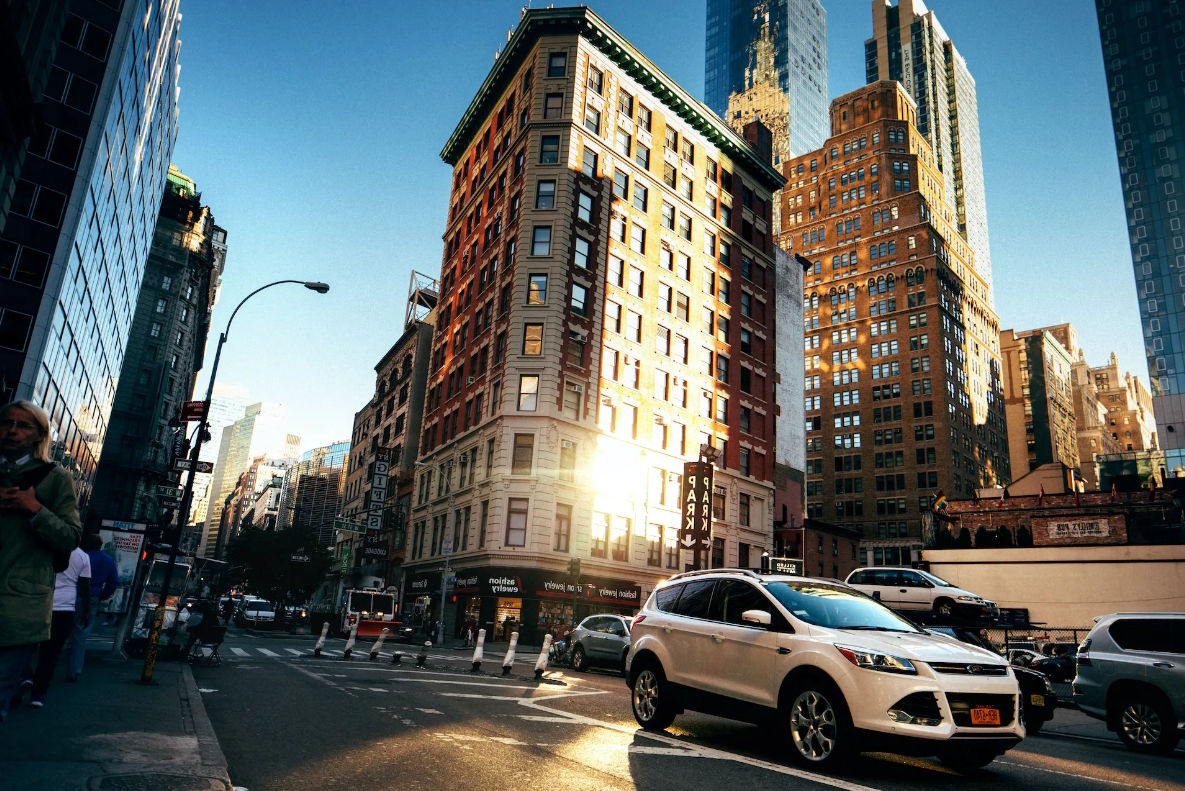


Article link: css flip an image.
Learn more about the topic css flip an image.
- How To Flip an Image – W3Schools
- Flip an Image – CSS-Tricks
- Flipping Images Horizontally Or Vertically With CSS And …
- Flip / mirror an image horizontally + vertically with css
- How to 3D Flip Images With CSS – Webtips
- Flip/Mirror an Image Horizontally + Vertically With CSS
- How to flip image with CSS? – Studytonight
- Image rotation with HTML and CSS – ImageKit